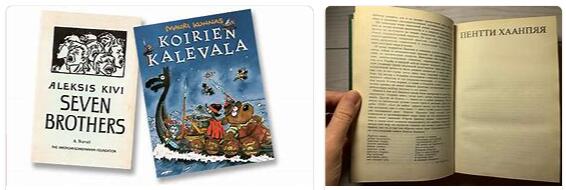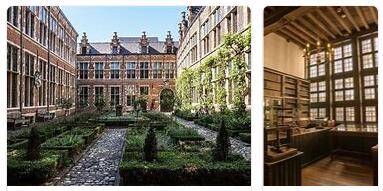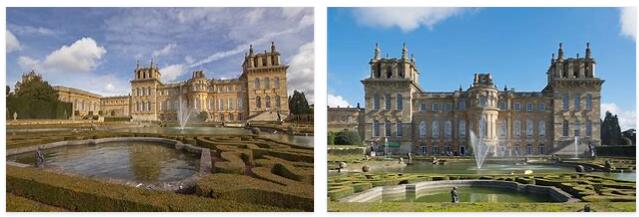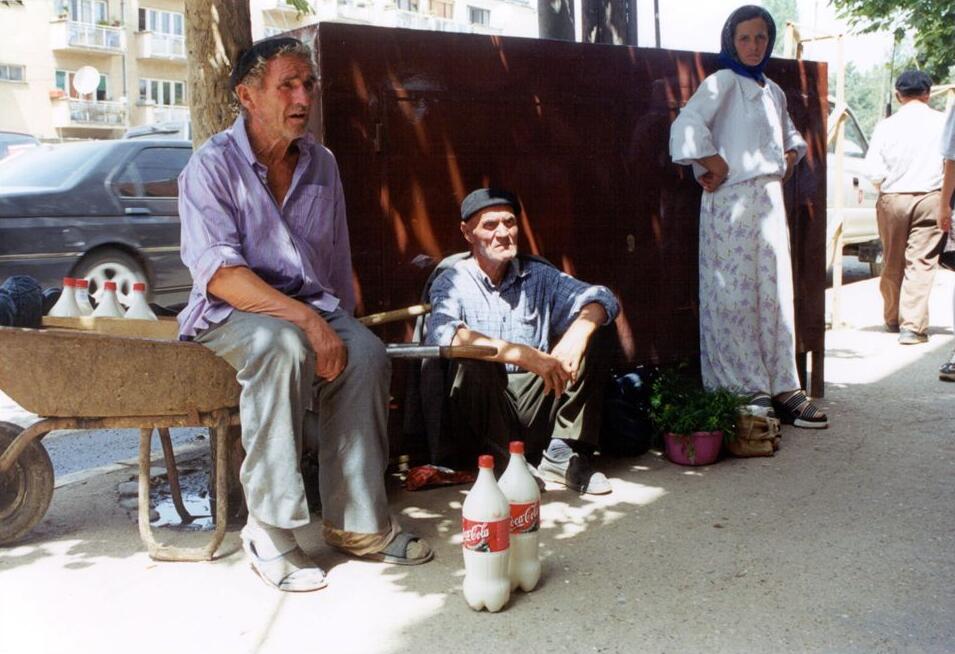Finnish Literature
Finnish literature, term for the Finnish-language literature and oral traditions to which a significant proportion of Finnish literature is ascribed. The tradition of songs, ballads, magic spells, legends, sagas and fairy tales, some of which stretched over a millennium and which remained alive into the 20th century, and their forms and motifs still strongly influence… Read More »





